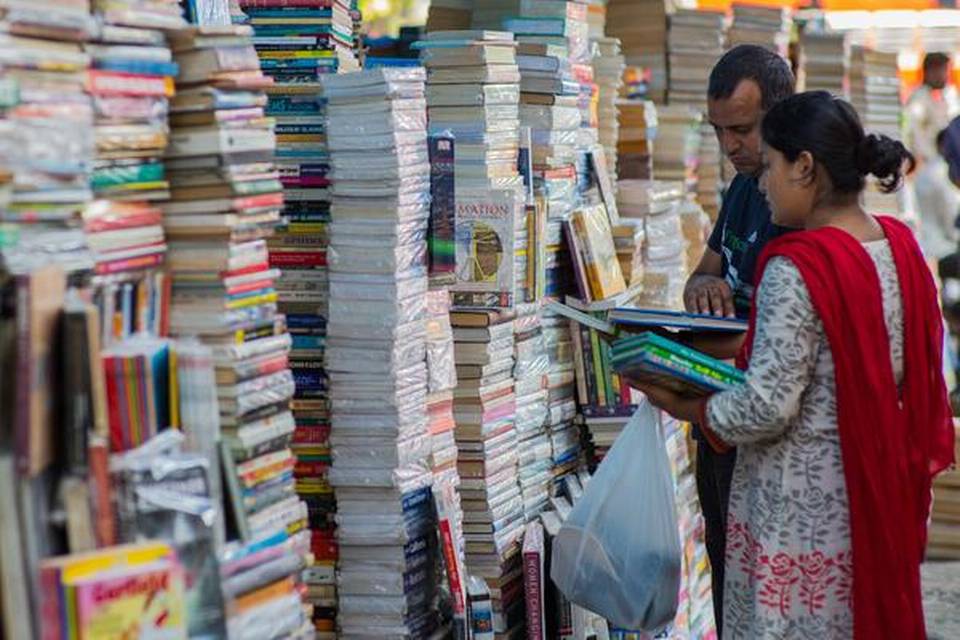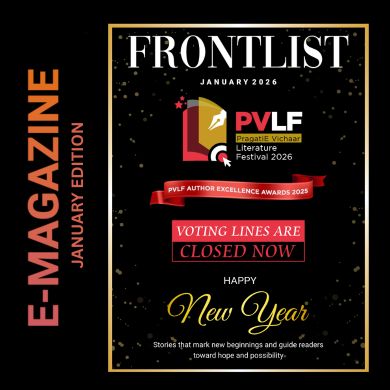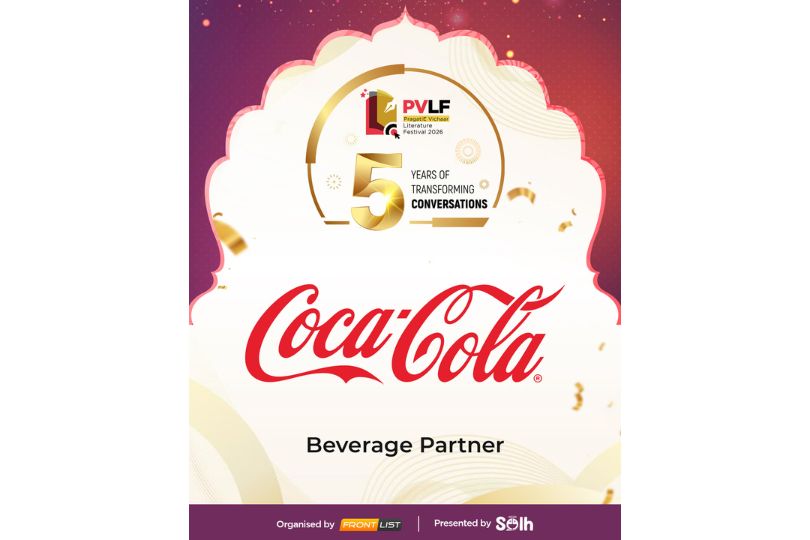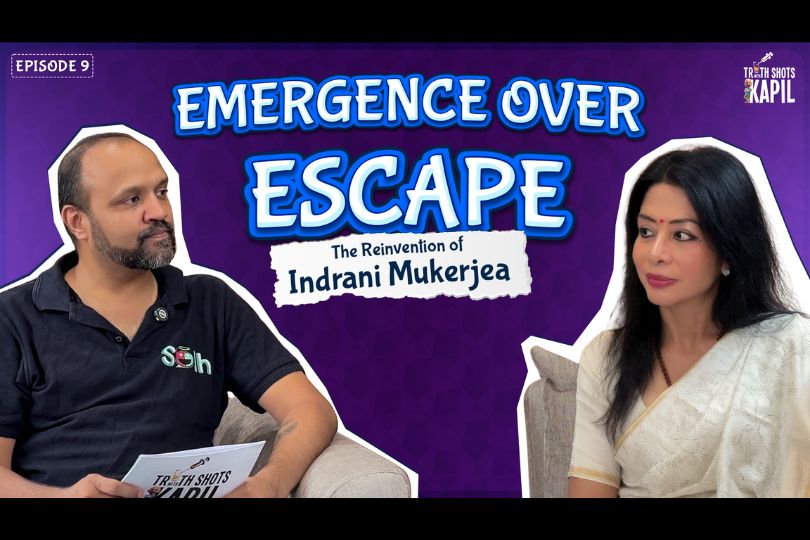Authors are vying with Pokémon and Taylor Swift: Meghna Pant
Authors are vying with Pokémon and Taylor Swift: Meghna Panton Aug 20, 2019

The Indian publishing industry is not just surviving, it is thriving, but who’s reading? In a country where a new ‘bestseller’ crops up every week and MBAs dominate the writing scene, it is becoming increasingly difficult to tell fact from fiction. Problems such as lack of sales data consolidation, faulty distribution channels, the e-commerce boom, and faltering profit margins are just a few roadblocks publishers are tackling here. As they fight to find innovative ways to develop and groom a larger readership, it’s clear the industry is in dire need of intervention. While researching her new book, How To Get Published In India, Meghna Pant spoke to publishers, authors, industry stalwarts and stakeholders to understand the hush-hush world of publishing. Excerpts from an interview: From lack of accurate sales data to broken distribution channels, the industry has a lot of problems. How do you think these affect the publishers? Publishing is a business like any other, and what most people don’t know is that a publisher’s margins are pretty slim. They have to pay authors, distributors, retailers, printers, editors, designers, staff etc. They are also finding ways to cope with roadblocks such as the dwindling interest of readers in genres such as literary fiction. From publishing new genres and finding new voices, to relying on established names, to selling film and television rights and finding professional vendors, publishers are reinventing the wheel in many ways. Publishers are feeling the pressure to put out more books each year, but this has skewed the supply-demand ratio. Do you think this model is a sustainable way forward or will smaller publishers be affected? width=320 According to the India Book Market Report (2016), India is the sixth largest publisher in the world overall, and the second largest publisher in the world for English-language books. That’s huge! Led by educational books, publishing is a $6.76 billion sector expected to grow at an astounding 19.3% until 2020 (Nielsen Report, 2016). This means almost 250 books are published per day. 55% sales are of English books, 35% of Hindi, and the rest are regional-language books. 65% of English-language sales come from Maharashtra, Tamil Nadu, Andhra Pradesh and Kerala. Also, contrary to popular perception, on an average, Indians read around 2.1 books a week. According to World Culture Score Index, Indians spend more time reading than their counterparts globally. So I don’t think supply-demand is an issue; smaller publishers are cropping up almost everywhere. A good book will find a good audience no matter who the publisher is. There’s a big issue with data consolidation in the publishing sector. At best, the numbers are usually approximations. Why does this problem persist? A lack of checks and balances, like with most industries in India. Hopefully, things will get more transparent with time. Until then, authors have no choice but to trust their publishers when it comes to, say, sales numbers or book availability or other important data. width=320 How do bestseller lists and awards affect sales? Most bestsellers today follow a cut and paste formula — write in simple language, devise fast-paced narratives with plenty of emotions and drama, identify a specific market, target the customer, keep the price point of the book between ₹99 and ₹150, market well, and, most importantly, track the product. It’s rather worrisome that literature in India has become this formulaic. Authors are cashing in on trends like campus novels, mythology or self-help, and no one is pushing the envelope. If nothing new is being said or written, books will not have any transformative or evocative power. It will take the focus away from writing good books to selling bad books. In this way, the bestselling phenomenon corrupts writing. It focuses on gaming the system. Indians today are reading the bestselling books, not the best books. The bestseller label can’t be the only criterion for buying a book. Check the author’s writing credentials, see how many awards they’ve won, if they’ve been published abroad. How important is it for publishers to embrace technological advancements considering e-book sales still haven’t surpassed physical sales and audio books haven’t taken off the way experts predicted? Let’s take a look at some numbers: 90% of all books published in India sell less than 2,000 copies a year. A paltry 9% sell between 2,000 to 10,000 copies, and — hold your breath — less than 1% sell more than 10,000 copies. The number sounds ridiculous, but we are a population of almost a billion and a half. A book is typically considered a bestseller when it crosses the coveted 10,000 mark within a year of publication. Despite technological advances, digital revenue is still only 3-4% of total sales. The answer is in the facts. What is the future of publishing? Will it grow, plateau, or will we see its downfall? Whether you’re writing mythological fiction, crime thrillers or self-help books, there has never been a better or worse time to be an author. Why? Because it’s easy to get published but difficult to sell. Authors are fighting for the reader’s attention not only with other authors, but also with Pokémon and Taylor Swift and WhatsApp. We are questioning whether people are even reading any more. We are wondering whether the rise of commercial fiction has beckoned the end of literary fiction. There’s so much flux. Do these changes spell the death knoll for publishing? No. Today we have three generations of English-speaking Indians, who are hungry to read. They are particularly hungry to read in English. This trend will continue to grow. With every new generation we will see a bigger readership market. On top of that, the closed ranks of the literary world have opened up. A person can publish a book within minutes thanks to the advent of self-publishing. So, the industry in India is not just surviving, it is thriving. How do you think new-age content consumption platforms are helping? TV shows and web channels keep a lookout for interesting books. If they think the book is commercially viable as a TV show or web series, they contact the author or publisher. If they think the book is not commercially viable but the writer can add value to their show, they ask the author to become a part of the writing team without buying the book rights. Fortunately, new-age content creators are looking for good content, which means publishers can see a direct pay-off. It’s win-win for everyone: author, publisher, reader, platform and audience.



.jpg)






.jpg)

.jpg)

.jpg)
.jpg)
.jpg)
.jpg)

.jpg)








Sorry! No comment found for this post.